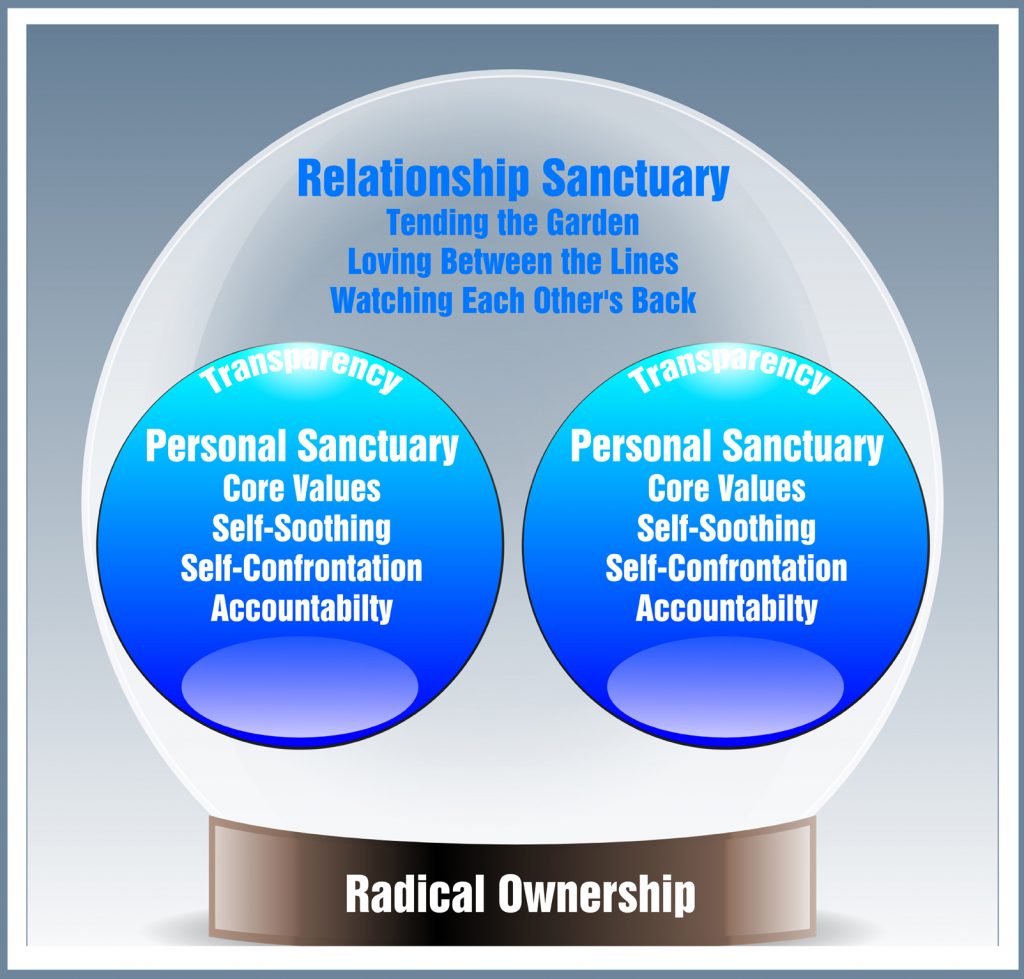The pelvis is our physical, spiritual, and psychological “center of gravity”. It also holds our unconscious identity as well as the core of our reproductive life force, longevity, and vitality (“jing 精”).
Our memories and emotions are patterned, habituated, and stored in our musculature and connective tissues, especially in our pelvis. These patterns are held together by connective tissue (fascia) which acts as a secondary nervous system. This “fascial tensegrity” has a profound effect our physical health, and can determine the quality of our relationships to our partner, environment, and sexuality. A misaligned or restricted pelvic structure can limit the way we stand, sit, and move, “locking” us into familiar patterns, and preventing a full experience of life.
Specific muscle groups and fascial bands that hold the pelvis in tension can be “reset” and modified to optimize our health and well being. Pelvic Realignment rebalances the pelvis, allowing for greater balance and ease of movement. It increases circulation of blood and lymph, and expands our capacity for sexual pleasure.
This class includes a brief review of the basic Rivers of Love ceremony. We will then study the specific pelvic and abdominal structures which hold the pelvis in place and learn how to gently and pleasurably open the tissue.
Facilitating our partner’s opening in arousal creates ever deepening bonds. Learning this material in a respectful and emotionally safe environment can be a game changer for couples, both in, and out, of the bedroom.
The Level One Introductory Rivers of Love class is a prerequisite for the Pelvic Realignment class.



